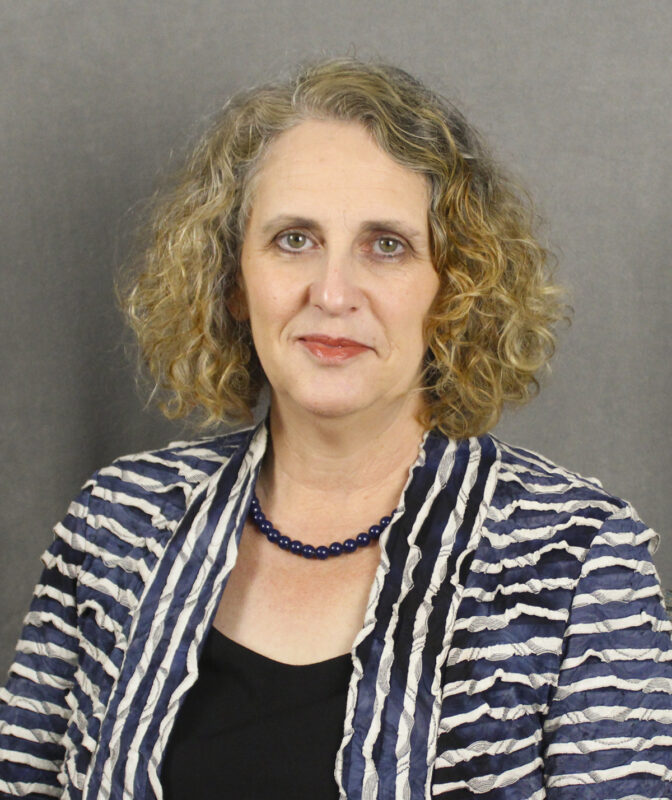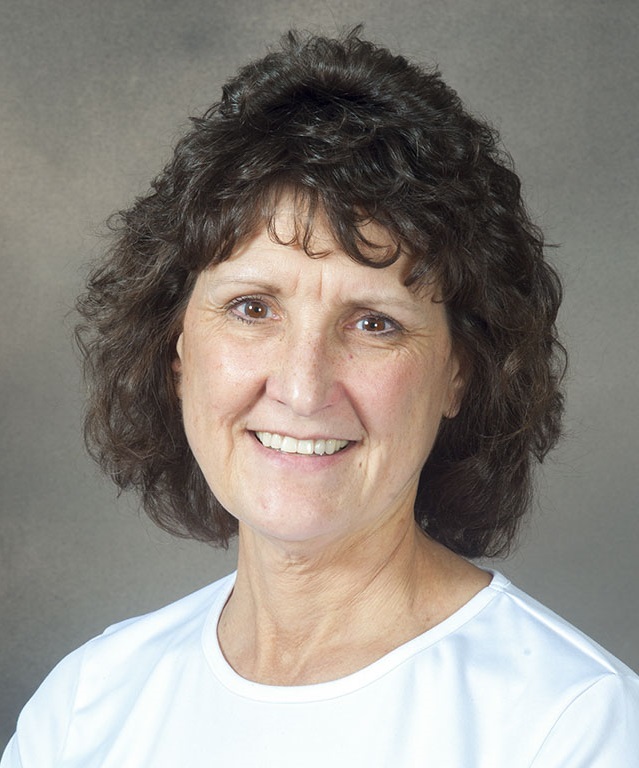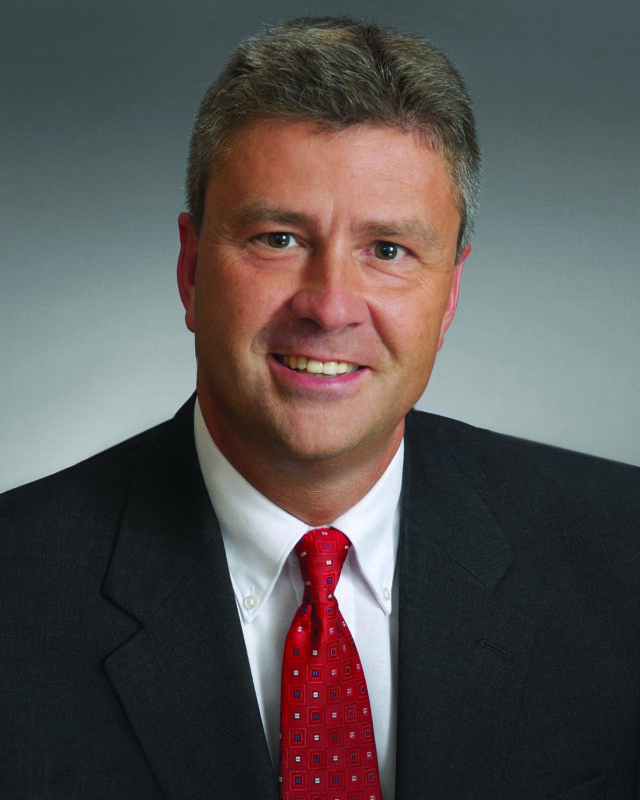The Future of End-of-Life Care
When the hospice movement began nationwide in the ‘70s and ‘80s, end-of-life care services were primarily used to care for people who had cancer. Many of these patients had similar care needs for overall support and management of difficult symptoms. But, as times changed and patients with more complex and more varied diseases sought specialized end-of-life care, the hospice industry evolved and became more personalized and specialized to treat patients at each stage of their illness.
Today, Hospice & Community Care provides three kinds of care—hospice care, palliative care and supportive care—for anyone who is coping with a serious illness or facing end of life.
Specialized loss-specific grief support provided by Hospice & Community Care’s Pathways Center for Grief & Loss provides individualized support, often far beyond what other hospice providers offer. Bereavement support is available to patients and families as they transition though each level of care—as part of their end-of-life journey. Grief support is also available to anyone in the community, whether their loved one received hospice services.
Hospice Care – Comfort during Final Weeks or Months
Hospice care is the most familiar service Hospice & Community Care provides. Hospice care focuses on comfort for individuals of all ages with any serious illness who have weeks or months rather than years to live. This level of care involves a team-oriented approach to expert medical care, pain management, and emotional and spiritual support tailored to the patient’s needs and wishes. At the center of hospice care is the belief that everyone has the right to die pain-free and with dignity, and that families will receive the necessary support to allow their loved ones to do so.

Dr. Thais Magill
“Hospice care is recommended for patients when traditional, aggressive forms of medical treatment are no longer beneficial or no longer desired,” shared Dr. D. Thais Magill, Director of Palliative Care, Hospice & Community Care. “Patients receiving hospice care often have rapidly developing or changing symptoms and benefit from frequent visits with Hospice & Community Care team members.”
Hospice care is provided to patients wherever they call home. Care may be provided at home, at a senior living facility, hospital or at the Bob Fryer & Family Inpatient Center in Mount Joy. Many people prefer to be at home and can receive hospice care in their own surroundings. Hospice staff visit patients and their families and provide care and support where the patient and family are the most comfortable.
Care provided in senior living facilities is approached with the same, high quality and compassionate care provided to patients in their own homes. Experts in long-term care work directly with Hospice & Community Care clinicians in pain and symptom management.
“When a patient is cared for at the Bob Fryer & Family Inpatient Center, the benefits are extended to the patient, caregivers, family, and friends,” commented Dr. Maria Hayes, Associate Medical Director for Hospice Care, Hospice & Community Care. “When people visit the Inpatient Center they get to see the home-like atmosphere where their loved is being cared for – giving them a peace of mind. It is also an opportunity for Hospice & Community Care staff to educate family and friends about what hospice care is and correct any misconceptions that they may have about end-of-life care.”
Caregivers work with Inpatient Center team members to create a care plan so that they feel comfortable tending to their loved one when they are discharged from the Inpatient Center.

Dr. Maria Hayes
Patients admitted to the Inpatient Center require rapid symptom management or respite care. Respite care provides temporary relief for a primary caregiver, enabling them to take a much-needed break from the demands of caregiving. “Inpatient Center care is generally short-term, and patients will be discharged to their previous living arrangement or a higher level of care when symptoms are managed,” commented Dr. Hayes.
Hospice & Community Care has ten physicians, 12 nurse practitioners and a pharmacist on staff who specialize in hospice and palliative care. “Having these individuals on staff allows the patients and families to receive quality care that they have come to expect and deserve,” shared Dr. Hayes. “These individuals are directly involved with patient care. This is a unique benefit to Hospice & Community Care.”
Palliative Care – Help at Illness Transition Points
Hospice & Community Care began formally offering its inpatient palliative care services at Lancaster General Hospital in 2006. “The discipline of palliative care had been developing nationwide particularly in the inpatient setting to offer patients and families guidance at crisis points in serious illness care,” commented Dr. Magill.
“Palliative care is the ‘umbrella term’ for symptom-directed care at any point in a person’s serious illness, while hospice care is the palliative care offered specifically in the last weeks or months of life. Palliative care is often offered in addition to disease-directed treatments, rather than instead of those treatments,” commented Dr. Magill.
Palliative care helps patients manage pain and other symptoms including difficulty breathing, weakness, fatigue, nausea, anxiety and depression, and insomnia. Palliative care team members educate patients and caregivers about their illness and help them with making healthcare decisions.
Care can be started at home, at a senior living facility or in the hospital. Team members will work with the patient’s doctor to design a treatment plan, monitor their progress, and make changes as needed to provide ongoing relief and support.
Supportive Care – Support Early in an Illness
Launched formally in 2016, Supportive Care serves patients who are coping with a life-limiting illness, who are not yet ready or eligible for hospice care. These individuals receive wraparound support in their homes from a team of registered nurses, social workers, and chaplains who ensure patients are comfortable, informed, and respected during this vulnerable period of life.
Supportive Care team members are able to give advice about procedures, act as a liaison between the patient and doctor, and even help identify questions for the patient to address at doctor appointments. Supportive Care helps patients avoid unwanted trips to the hospital by giving them and their caregivers 24-hour access to a nurse.
Supportive Care is provided at a patient’s home and at senior living facilities. While hospice care is a benefit covered by Medicare, Medicaid and some private insurance, Supportive Care services are often not covered or only partially reimbursed, so patients incur some costs; however, patients may be eligible for financial assistance.
The Future of Hospice & Community Care
The hospice industry is ever-evolving due to regulation and policy changes, and an increase in life expectancy. Hospice & Community Care has its finger on the pulse of how it can continue to best serve patients and families now and into the future. If the pandemic has taught us anything, it is that Hospice & Community Care is nimble and can adapt without losing site of its person-centered care.

Steve Knaub
Hospice and palliative care are paid for by most private insurances, Medicare and Medicaid, as well as through the generous support of the community. It is anticipated that the payment structure required by health insurance providers will change, however, it will not affect the care and comfort provided by Hospice & Community Care. “Communities and healthcare systems recognize how hospice providers can help in all areas of end-of-life care, and I anticipate a greater utilization of all hospice services,” shared Steve Knaub, President and CEO, Hospice & Community Care. “Our community is ahead of the curve in its support of end-of-life care.”
“As the population ages and caregivers are living longer with chronic illnesses, we will continue to develop relationships with local insurers to discuss ways to better meet the needs of seriously ill patients,” commented Dr. Magill. “We are also developing partnerships with area specialties, such as oncologists, to provide palliative care services at home.”
“We are also seeking to strengthen our relationships with the Children’s Hospital of Philadelphia, Hershey Medical Center and the duPont Hospital for Children to increase our pediatric hospice and palliative care program,” shared Dr. Hayes.
Hospice & Community Care will continue to expand its hospice, palliative and supportive care services, and grief support in our region. Last year the organization served more than 1,200 patients in York County and is continuing to grow its relationships with York-based hospitals, senior living facilities and community organizations. Hospice will also continue to strengthen its connections with these same organizations in Lancaster County. “Through these partnerships, our hope is that palliative and hospice care will become more topics of conversation when people speak with their healthcare providers about advance care planning,” shared Dr. Hayes. “It will no longer be an after-thought, but in the forefront of people’s minds.”
Telehealth visits will continue to be incorporated into Hospice & Community Care’s services. “During the pandemic we are using telehealth visits more than ever before,” commented Steve. “Our clinicians are using them when in-person care is not an option and to help connect patients with their loved ones. Telehealth visits will not, however, replace the personalization and quality end-of-life care that we provide.”
The pandemic has resulted in many Hospice team members working remotely. “As we begin getting back to normal, we will continue to be more flexible and accommodating to best meet our team members’ needs,” commented Steve. “It is important, though, that we do not lose sight of the need for face-to-face interaction with one another.”
The future of Hospice & Community Care is possible because of the organization’s dedicated employees and community supporters. Together, the organization can continue to evolve and grow to best meet the care needs of patients and families when they need it most. Hospice & Community has come a long way over the last 40 years and is positioned for another successful 40 years and beyond.

 Back
Back
Keep in touch.